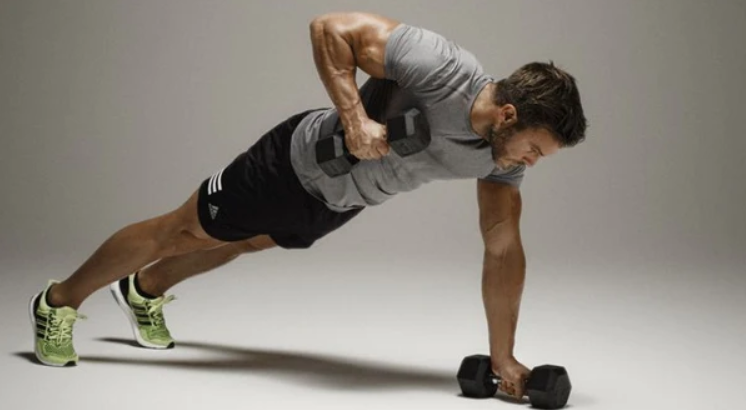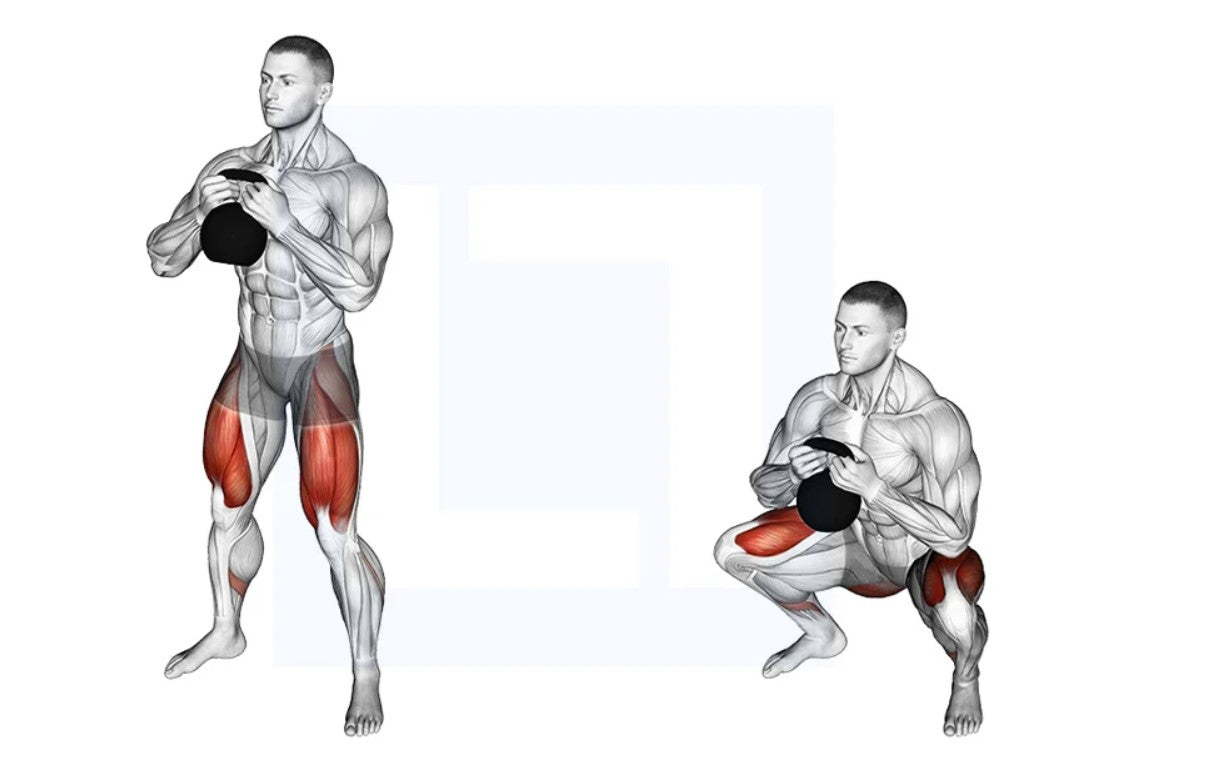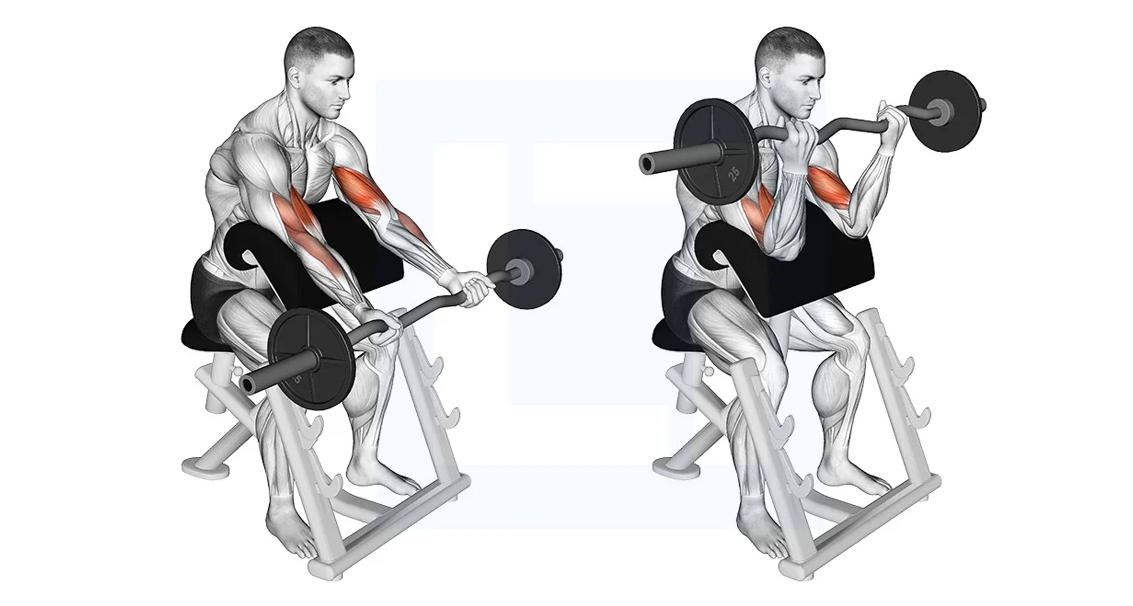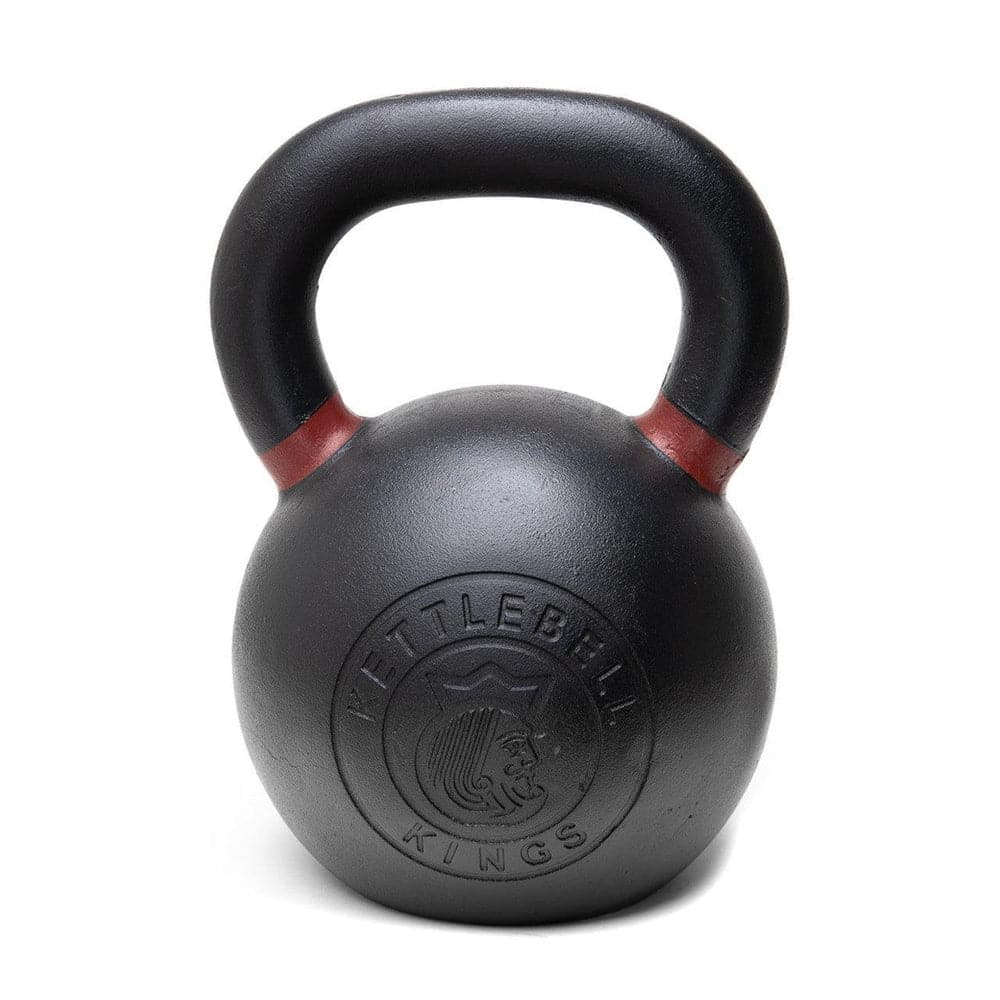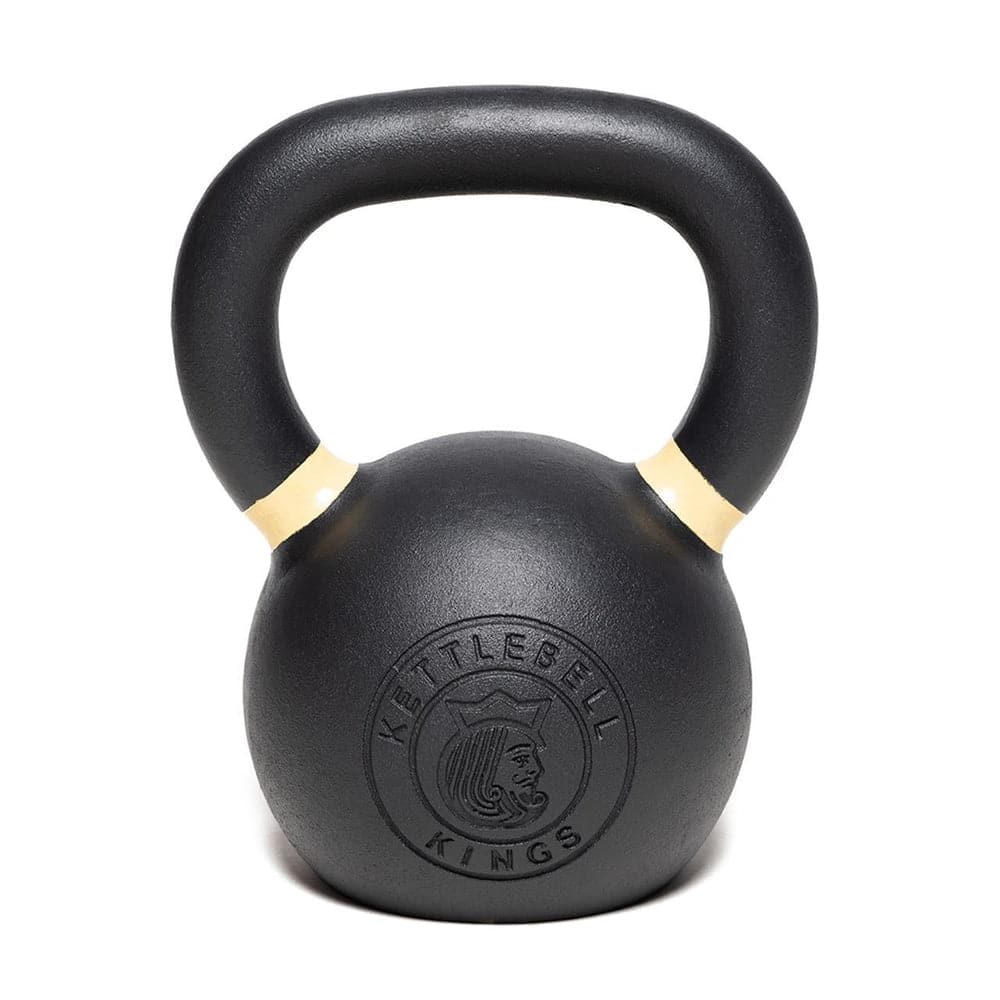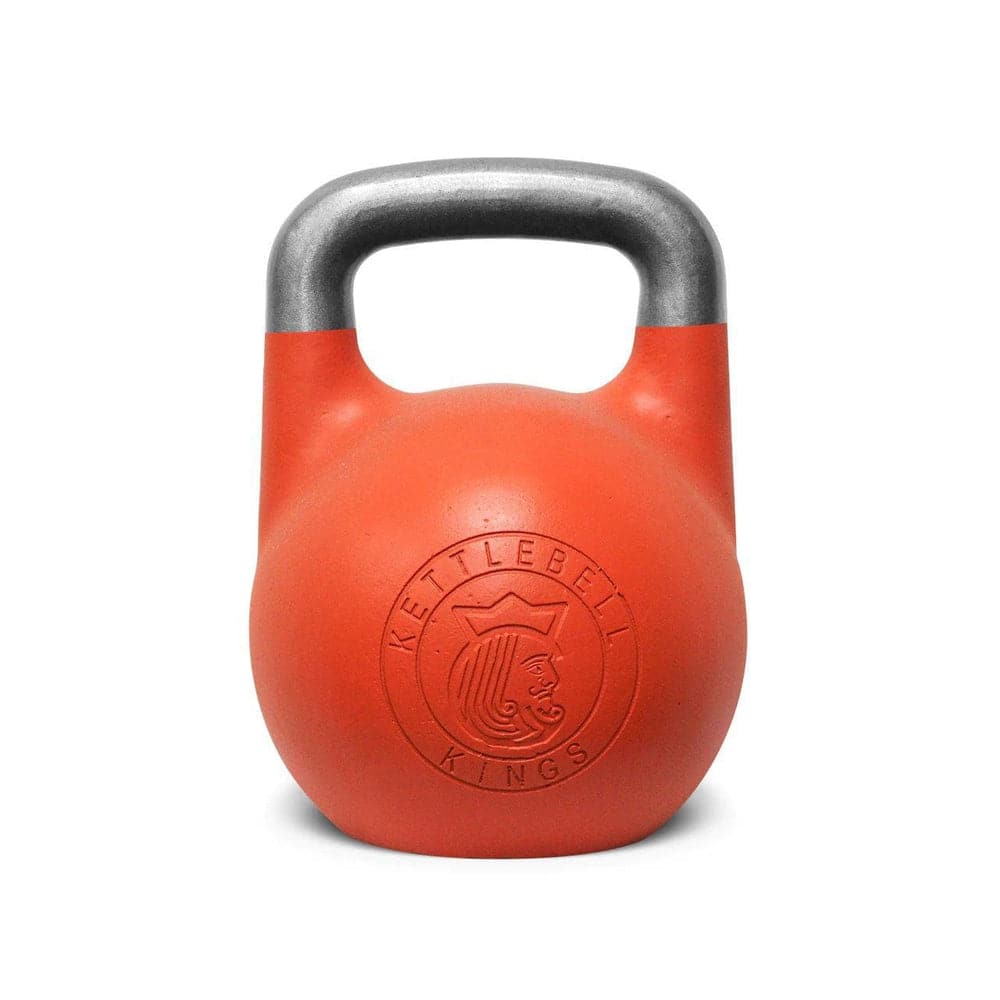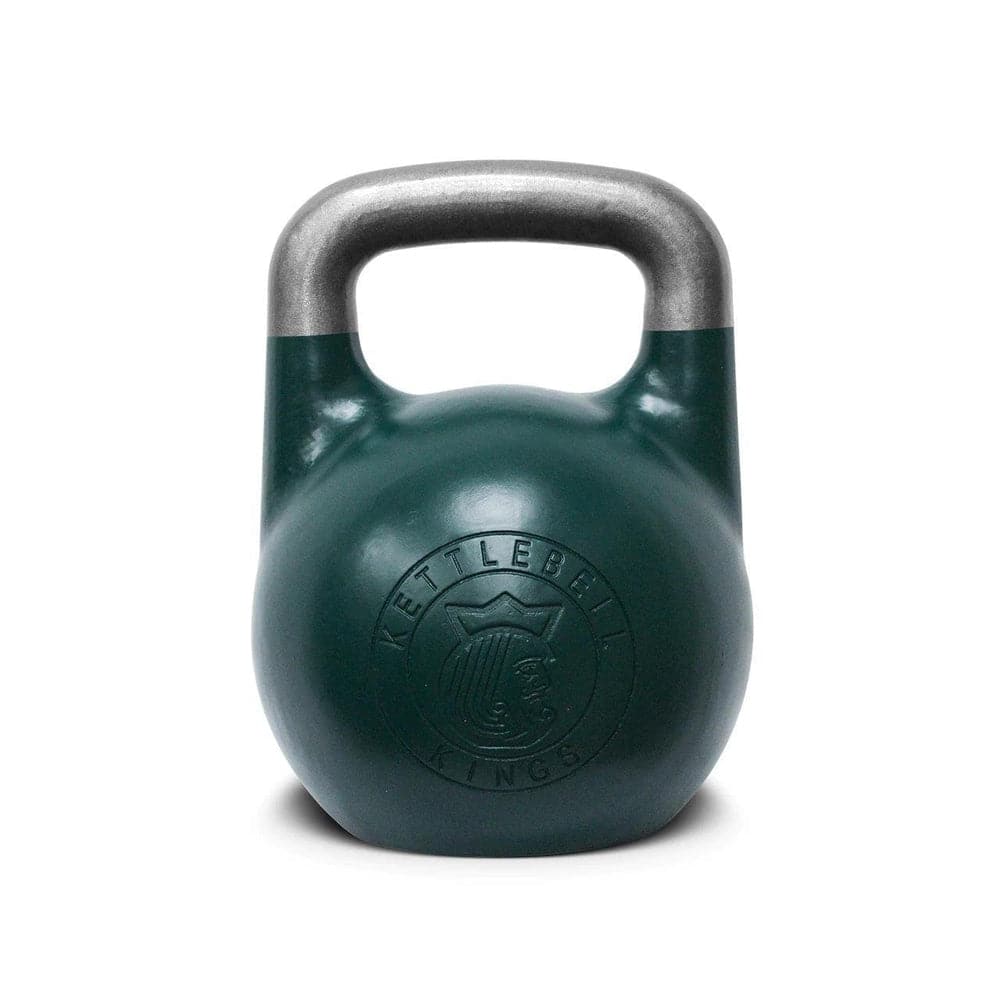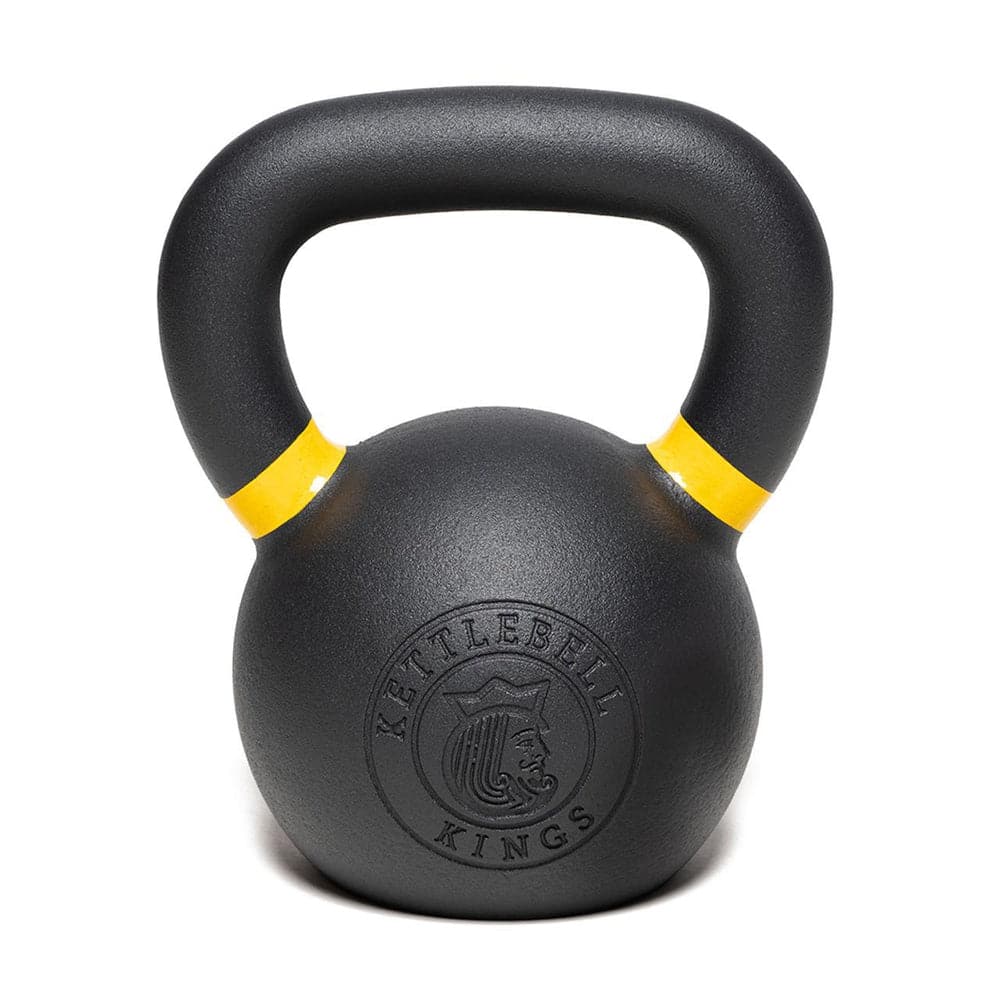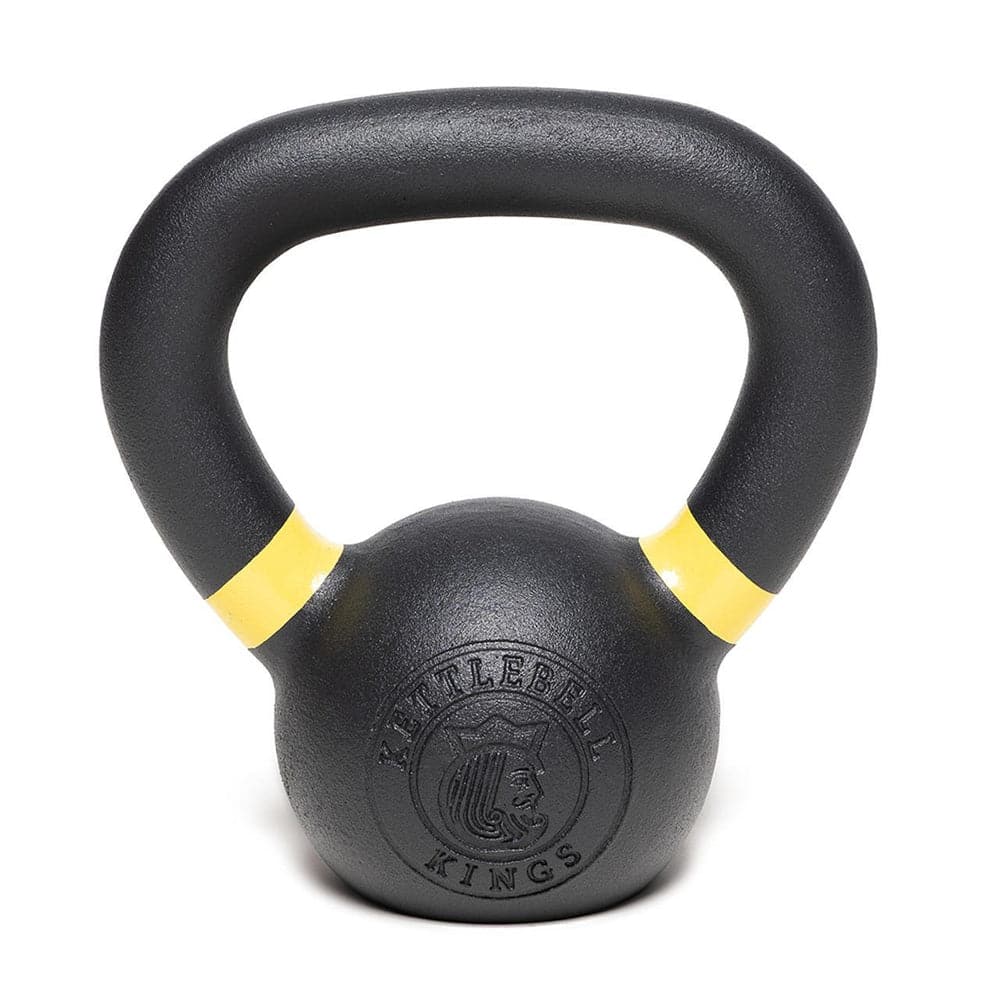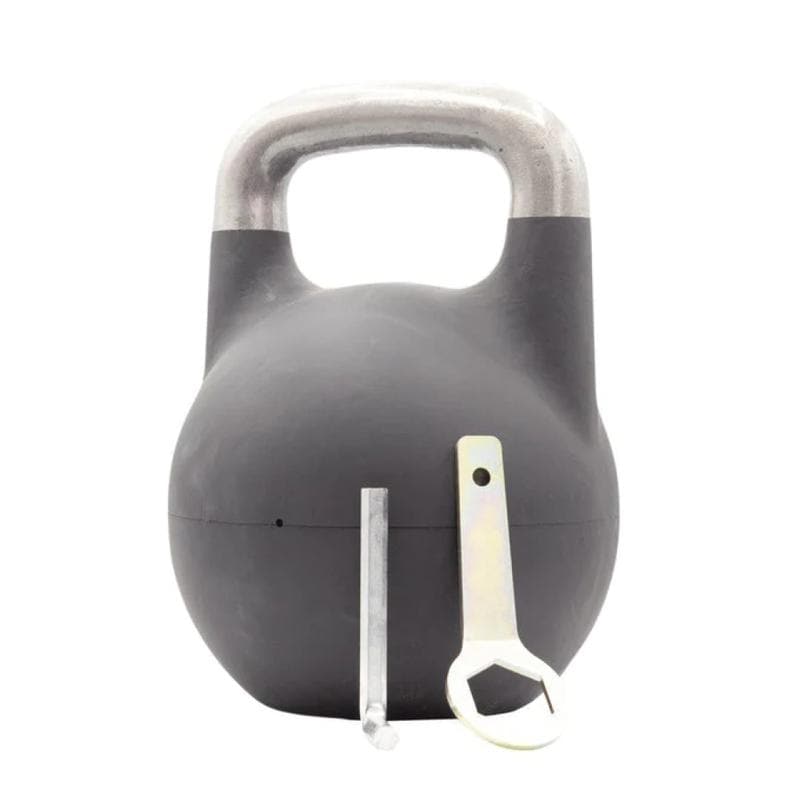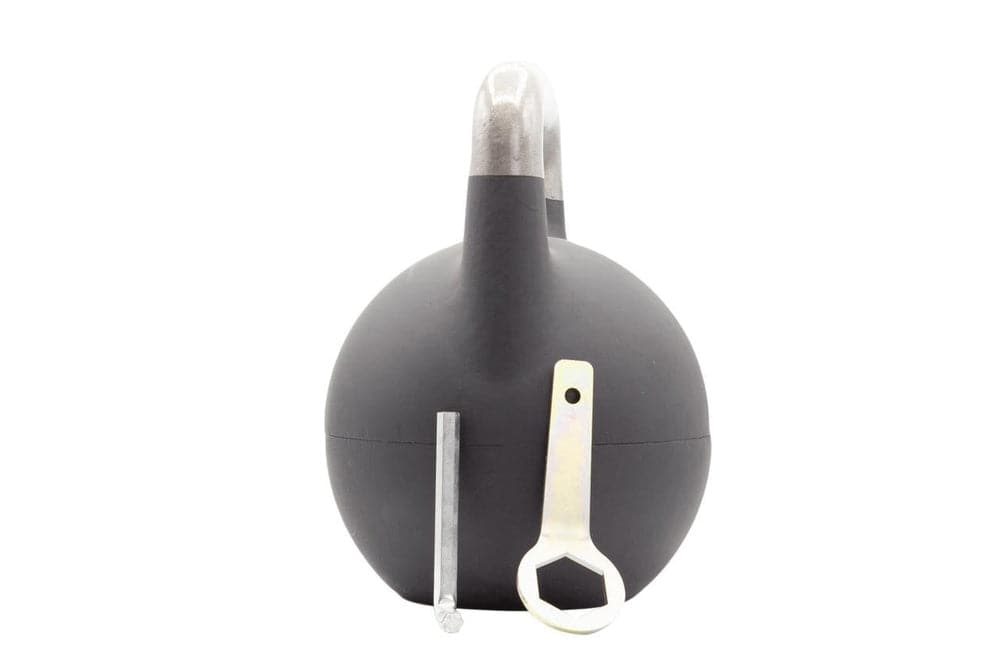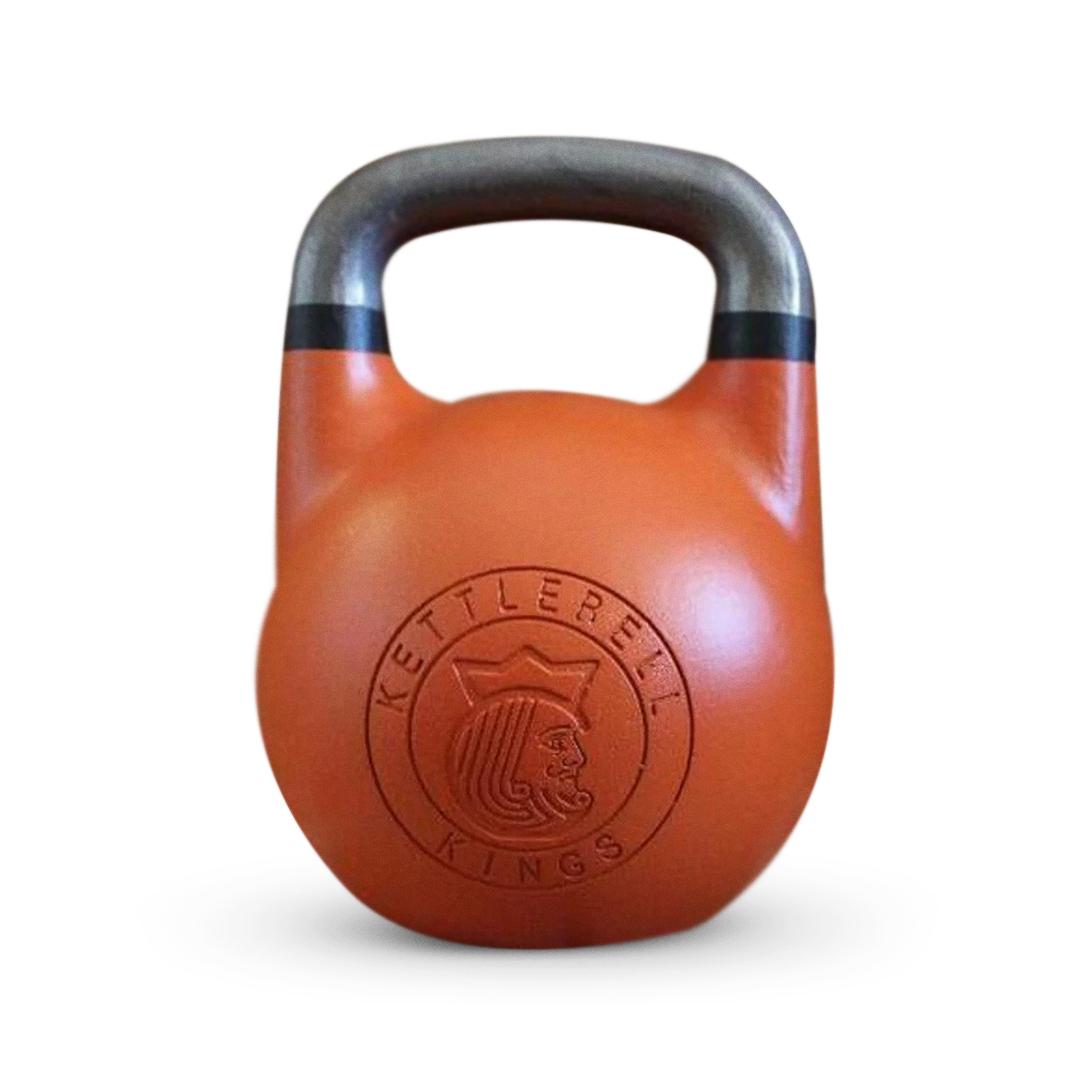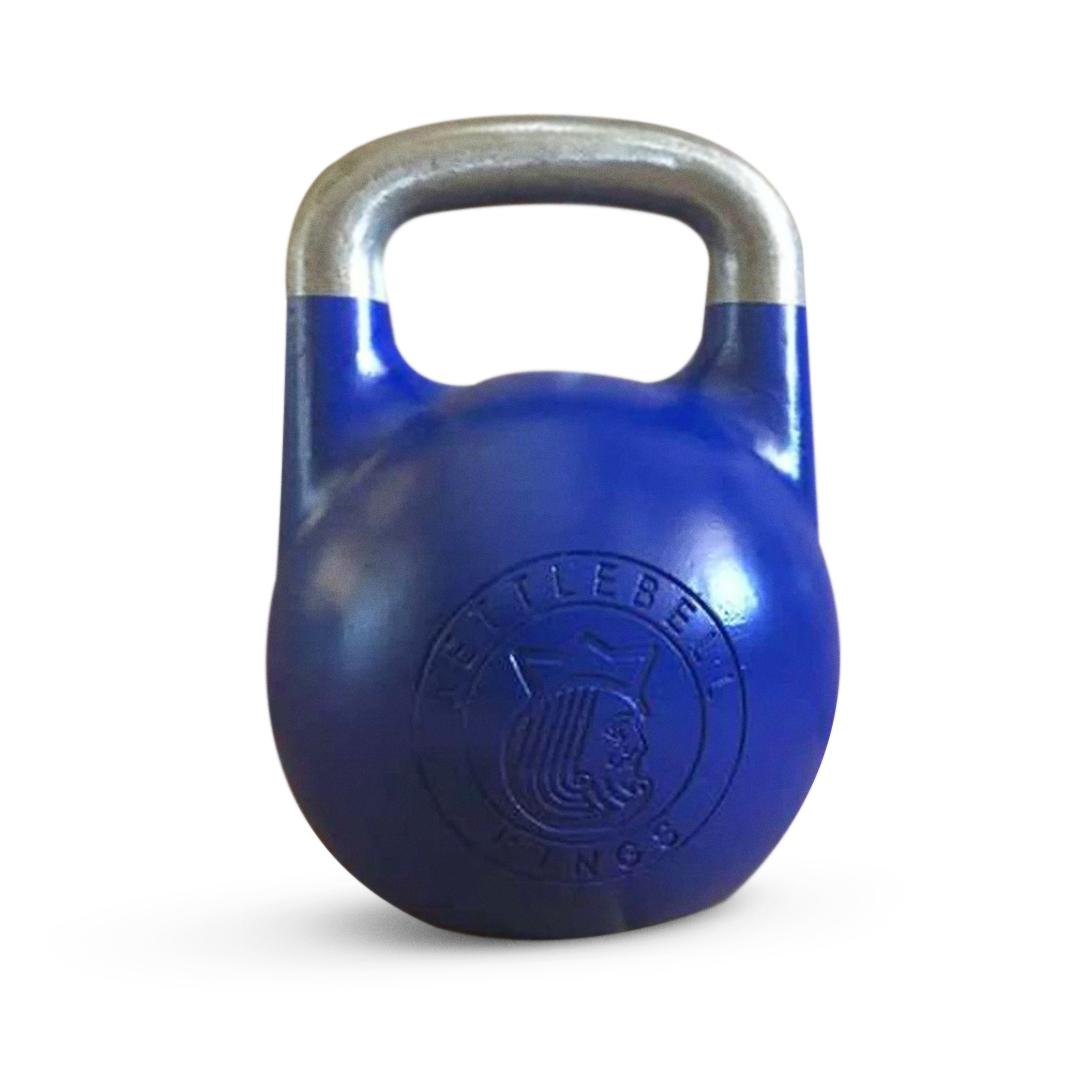Renegade rows are a powerhouse movement, combining the best of back, core, and shoulder engagement into one exercise. By holding a plank while rowing, they not only strengthen the lats, abs, and obliques but also improve stability and coordination. Despite their effectiveness, some find renegade rows challenging or are simply looking for variation. In this article, we'll dive into 11 powerful alternatives that can deliver similar benefits. These exercises are designed to provide back and core strength, functional stability, and can fit into various workout routines, whether at home or in the gym.
What Makes Renegade Rows So Effective, and Why Look for Alternatives?
Understanding the Benefits of Renegade Rows

Renegade rows are a compound exercise that combines two powerful movements: the rowing motion and the plank position. This unique combination makes them highly effective for full-body conditioning, particularly for strengthening the back and core. Below are the key benefits of renegade rows:
-
Full-Body Activation
Renegade rows engage multiple muscle groups at once, providing a full-body workout. The movement targets the upper body, core, and even the lower body in some variations, making it a highly efficient exercise for overall strength and endurance.
-
Back Strength Development (Lats and Upper Back)
The primary movement in renegade rows mimics the pulling action of a row, making it excellent for strengthening the lats (latissimus dorsi), rhomboids, and traps. These are crucial muscles for posture, pulling motions, and overall back health.
-
Core Stabilization
The plank position required in renegade rows forces the core muscles to engage intensely to keep the body stable. This is particularly beneficial for building core strength and improving posture. The rectus abdominis, obliques, and transverse abdominis are all involved to maintain balance and prevent the body from swaying.
-
Oblique Engagement
The need to prevent the body from twisting while performing the row places significant tension on the obliques, the muscles along the sides of the torso. As a result, renegade rows are a highly effective exercise for developing oblique strength, improving torso stability, and enhancing rotational control.
-
Enhanced Coordination and Balance
Renegade rows require coordination between the upper and lower body. Maintaining balance while performing the row challenges the stabilizing muscles and improves overall coordination, which translates to better functional strength in daily activities and other sports.
-
Improved Posture
By strengthening the back muscles and core, renegade rows can improve posture by counteracting the effects of slouching or rounded shoulders. A strong back and core create a more aligned, upright posture.
-
Increased Core Endurance
Holding the plank position for extended periods while rowing challenges core endurance, especially in the lower back and abdominals. This is essential for maintaining strength and stability in other physical activities.
-
Calorie Burn and Fat Loss
Since renegade rows activate multiple muscle groups simultaneously, they have a higher calorie burn compared to isolation exercises. This makes them a great addition to any workout focused on fat loss or overall conditioning.
-
Scalability and Versatility
Renegade rows can be adapted to different fitness levels by modifying the resistance, tempo, or duration of the hold. Whether using dumbbells, kettlebells, or bodyweight, the exercise can be adjusted to suit beginners or advanced lifters.
-
Functional Strength
The combination of strength and stability challenges during renegade rows improves functional fitness, translating well to real-world movements. Whether lifting objects, maintaining good posture during long periods of standing, or participating in athletic activities, renegade rows enhance the strength needed to perform these tasks efficiently.
Common Challenges with Renegade Rows
While renegade rows are beneficial, they can be technically challenging. Many people struggle to maintain a stable plank position while lifting weights. Issues such as wrist discomfort, balance challenges, or insufficient core stability can make this exercise tough to perform correctly. When this happens, form can break down, leading to an increased risk of injury and reduced effectiveness.
Reasons to Explore Alternative Exercises
Alternatives to renegade rows allow for variations that can target similar muscle groups without the exact stability requirements. They are ideal for those who want to increase back and core strength but may not have mastered renegade rows or are looking to incorporate different stimuli in their routines.
Which Exercises Can Replace Renegade Rows for Back and Core Strength?
1. Bent-Over Rows
Bent-over rows are one of the most popular exercises for building back strength and can effectively target the lats, traps, and rhomboids. By leaning forward and pulling weights towards the chest, this exercise isolates the back muscles without the added core stabilization requirement of a renegade row.
- How to Perform: Start by bending at the hips with a slight knee bend, keeping the back straight. Hold a dumbbell or barbell with arms extended down. Pull the weight toward your torso, then slowly return it.
- Benefit: Strengthens the upper and middle back, providing an excellent foundation for building muscle.
2. Plank Rows
Plank rows are an excellent alternative that keeps the core engaged similarly to renegade rows. They can be done with light dumbbells, focusing on minimizing body rotation.
- How to Perform: Begin in a plank position with hands on the weights. Row one arm at a time while holding the plank position.
- Benefit: Combines back work with core stability, enhancing overall body control.
3. Single-Arm Dumbbell Rows
The single-arm dumbbell row targets each side individually, allowing for a greater range of motion and a stronger mind-muscle connection.
- How to Perform: Place one knee on a bench with the opposite foot on the ground. Row a dumbbell up towards your hip, squeezing the shoulder blade.
- Benefit: Helps correct muscle imbalances and allows for focused engagement of the lats and upper back.
How Can I Target My Lats and Abs Without Renegade Rows?
4. Inverted Rows
Inverted rows are a bodyweight-friendly alternative that targets the back while challenging core stability.
- How to Perform: Lie under a bar, grab it with a shoulder-width grip, and pull yourself towards it while keeping your body straight.
- Benefit: Builds strength in the lats and upper back without needing weights, making it versatile for home or gym use.
5. Barbell Rows
For those looking to increase resistance and muscle growth, barbell rows offer an effective solution. They engage the entire back while promoting core stability.
- How to Perform: With a barbell, hinge at the hips, keeping a slight knee bend. Pull the barbell toward the lower chest.
- Benefit: Helps build overall back strength and muscle mass, especially when performed with heavy weights.
6. Plank Variations
Plank variations, such as side planks or high planks, are valuable for core strength. These exercises emphasize the obliques and transverse abdominis, stabilizing muscles essential for renegade rows.
- How to Perform: Maintain a plank position for set durations, varying between side planks and high planks for targeted core work.
- Benefit: Improves core endurance and stability, essential for heavy lifting.
What Are the Best Renegade Row Alternatives for Home Workouts?
7. Resistance Band Rows
Resistance band rows are ideal for home workouts due to their portability. Bands provide tension throughout the entire range of motion, effectively targeting back muscles.
- How to Perform: Anchor the band at a stable surface, pull back while squeezing your shoulder blades, and slowly return.
- Benefit: Provides a constant tension that activates the back muscles and can be adjusted for resistance level.
8. Kettlebell Single-Arm Rows
Kettlebell single-arm rows are a solid option for targeting the lats and back while providing the unilateral benefits of dumbbells.
- How to Perform: Similar to a dumbbell row, hinge at the hips, place one knee on a bench, and row the kettlebell up.
- Benefit: Adds variety to back workouts, with the kettlebell challenging grip and stability.
What Are Some Advanced Renegade Row Alternatives for Experienced Lifters?
9. Pendlay Rows
Pendlay rows are a more explosive version of the barbell row, focusing on maximum power and force generation from a dead stop. This move is excellent for experienced lifters seeking back power.
- How to Perform: Set the barbell on the floor, hinge at the hips, and pull the barbell towards your chest with force.
- Benefit: Increases explosive strength and power, engaging the entire back.
10. Cable Row Variations
Cable rows, especially standing or seated cable rows, maintain constant tension on the muscles, which can enhance muscle growth and stability.
- How to Perform: Sit at a cable machine, grip the handle, and pull towards your torso, keeping elbows close.
- Benefit: Provides a unique angle for lat engagement and is easy on the joints.
11. Weighted Plank Pulls
Weighted plank pulls involve placing a weight plate on the back or holding a weight between the hands in a plank, challenging core stability and back strength.
- How to Perform: Get into a plank, drag a weight plate from one side to another without twisting the hips.
- Benefit: Trains core stability, back strength, and enhances full-body coordination.
How Can I Modify My Workout to Include Renegade Row Alternatives?
Incorporating Alternative Exercises into Your Routine
To replace renegade rows, try structuring a workout that includes 3-4 of the exercises listed above, such as bent-over rows, plank rows, and inverted rows. These exercises can help mimic the muscle engagement of a renegade row without the stability challenge.
1-Week Workout Plan
This one-week workout plan focuses on replacing renegade rows with effective alternatives that target similar muscle groups, such as bent-over rows, plank rows, and inverted rows. The plan is designed to build back and core strength, while maintaining variety and intensity for overall fitness.
Day 1: Back & Core Focus
Warm-up:
- 5-10 minutes of light cardio (e.g., jogging, cycling, or jump rope)
- Dynamic stretches (e.g., arm circles, leg swings, torso twists)
Workout:
- Bent-Over Rows (4 sets of 8-12 reps)
- Focus on engaging the lats and upper back.
- Use dumbbells or a barbell, ensuring a neutral spine throughout the movement.
- Plank Rows (3 sets of 8-10 reps per side)
- Set up in a plank position, holding dumbbells or kettlebells.
- Row one weight at a time while keeping your core engaged.
- Inverted Rows (4 sets of 10-12 reps)
- Use a bar or TRX straps, adjusting the difficulty by changing the angle of your body.
- Pull yourself up with a controlled motion to engage the back and core.
Cool-down:
- 5-10 minutes of stretching (focus on back, chest, and shoulders)
Day 2: Lower Body & Core
Warm-up:
- 5-10 minutes of light cardio
- Dynamic leg stretches (e.g., lunges, hip rotations)
Workout:
- Squats (4 sets of 10-12 reps)
- Perform with dumbbells or a barbell, focusing on depth and control.
- Deadlifts (4 sets of 6-10 reps)
- Use proper form to engage the hamstrings, glutes, and lower back.
- Side Planks (3 sets of 30-45 seconds per side)
- Engage the obliques and core to improve side stability.
- Leg Raises (3 sets of 12-15 reps)
- Focus on engaging the lower abs while keeping your lower back flat on the floor.
Cool-down:
- 5-10 minutes of stretching, focusing on the legs and lower back.
Day 3: Upper Body Strength
Warm-up:
- 5-10 minutes of light cardio
- Dynamic upper body stretches (e.g., shoulder rolls, chest openers)
Workout:
- Barbell Rows (4 sets of 6-10 reps)
- Use a barbell to increase resistance, targeting the lats and upper back.
- Single-Arm Dumbbell Rows (3 sets of 8-10 reps per side)
- Focus on isolating each side to improve muscle engagement.
- Plank Rows (3 sets of 8-10 reps per side)
- Perform the plank row with a focus on maintaining a strong, stable core throughout.
- Push-ups (3 sets of 12-15 reps)
- Engage the chest, shoulders, and core for a compound upper body movement.
Cool-down:
- 5-10 minutes of stretching, focusing on the chest, shoulders, and back.
Day 4: Active Recovery & Core
Activity:
- 30-45 minutes of low-intensity cardio (e.g., walking, cycling, or swimming)
- Focus on full-body mobility exercises and stretching
Core Routine:
- Russian Twists (3 sets of 20 reps per side)
- Mountain Climbers (3 sets of 30 seconds)
- Leg Raises (3 sets of 12-15 reps)
- Bird Dogs (3 sets of 10 reps per side)
Day 5: Back & Core Focus
Warm-up:
- 5-10 minutes of light cardio
- Dynamic stretches
Workout:
- Inverted Rows (4 sets of 10-12 reps)
- Engage the back and core, adjusting the difficulty as needed.
- Bent-Over Rows (3 sets of 8-12 reps)
- Use dumbbells or a barbell for full back engagement.
- Plank Rows (3 sets of 8-10 reps per side)
- Focus on engaging your core while maintaining a stable plank position.
- Hyperextensions (3 sets of 12-15 reps)
- Target the lower back and glutes, enhancing overall posterior chain strength.
Cool-down:
- 5-10 minutes of stretching, focusing on the back, shoulders, and arms.
Day 6: Full-Body Strength
Warm-up:
- 5-10 minutes of light cardio
- Dynamic stretches
Workout:
- Kettlebell Swings (4 sets of 15-20 reps)
- Engage the posterior chain while improving overall explosiveness.
- Barbell Rows (4 sets of 6-10 reps)
- Focus on proper form to strengthen the back and lats.
- Side Planks (3 sets of 30-45 seconds per side)
- Activate the obliques and core for improved stability.
- Bodyweight Squats (4 sets of 12-15 reps)
- Focus on control and depth, keeping the core engaged.
Cool-down:
- 5-10 minutes of full-body stretching
Day 7: Rest & Recovery
- Rest day to allow muscles to recover and rebuild.
- Optional: Light stretching or yoga to promote flexibility and mobility.
Adjusting Rep Ranges and Sets for Optimal Results
For hypertrophy, aim for 3-4 sets of 8-12 reps of each exercise, using weights that challenge you. If endurance and stability are your goals, consider 2-3 sets of 15-20 reps with lighter weights or bodyweight.
Combining Exercises for a Full-Body Workout
Combine 2-3 back exercises with a core exercise to create a full-body workout that targets similar muscles to renegade rows. For instance, try pairing single-arm dumbbell rows with plank rows and adding plank variations to engage the core.
Is bent-over row the same as renegade row?
No, a bent-over row is not the same as a renegade row, although both exercises target similar muscle groups like the back, lats, and shoulders. However, there are key differences in their mechanics, benefits, and the muscle engagement they require. Below is a comparison table highlighting the main distinctions between the two exercises.
| Aspect | Bent-Over Row | Renegade Row |
| Primary Muscle Focus | Targets the upper back (lats, traps, rhomboids) and biceps. | Focuses on the upper back (lats, traps), shoulders, and core. |
| Core Engagement | Minimal core activation; focuses more on back muscles. | High core engagement as the exercise is performed in a plank position. |
| Body Position | Performed with a forward bend at the waist, keeping the back flat. | Performed in a plank position, with one hand rowing a dumbbell at a time. |
| Stability Requirement | Low stability requirement, as the body is supported by legs and torso. | High stability requirement, especially for the core, to maintain a plank while rowing. |
| Equipment | Dumbbells, barbells, or kettlebells can be used. | Requires dumbbells or kettlebells and a stable surface for the plank. |
| Balance | No significant balance challenges. | Requires excellent balance to avoid twisting or shifting weight. |
| Difficulty | Moderate difficulty, suitable for beginners to advanced lifters. | Higher difficulty due to the combined core stability challenge. |
| Progression Potential | Can increase load easily by adding more weight. | Progression mainly comes through mastering core stability or using heavier weights. |
| Muscle Imbalance Correction | Allows for balanced training of both sides. | Focuses on unilateral strength and stability, addressing muscle imbalances. |
| Ideal For | Building back strength and muscle mass. | Improving back strength, core stability, and coordination. |
Conclusion
These 11 renegade row alternatives provide a variety of exercises to suit different fitness levels, equipment availability, and target areas, helping you create a workout routine that fits your needs. By incorporating these exercises, you can effectively target your back, lats, abs, and obliques, ensuring a balanced workout that builds strength and endurance. Whether you're at home or in the gym, these alternatives offer variety and intensity to keep your routine dynamic.
These exercises also cater to all fitness levels. Beginners can start with simpler movements like single-arm dumbbell rows or inverted rows, while more advanced lifters can incorporate exercises like Pendlay rows or weighted plank pulls for added challenge. Whether you have minimal equipment or full access to a gym, options like bodyweight exercises and resistance band rows ensure versatility and progression. Incorporating these alternatives into your workout keeps it fresh, effective, and engaging, preventing plateaus and enhancing overall fitness.








